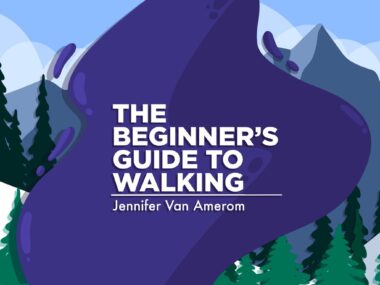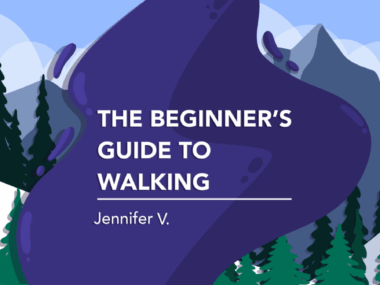Knowing when to go to the emergency room isn’t always easy
But delaying a visit can have consequences for NMOSD patients
Written by |

Knowing when to make that crucial trip to the emergency room is a concern that plagues everybody with neuromyelitis optica spectrum disorder (NMOSD). It’s a dilemma that leaves us anxious and unsure.
I’m battling a bladder infection, and admitting I have one typically fills me with embarrassment. But each one also sparks an immediate wave of panic, with my anxiety overwhelming my embarrassment.
Fourteen years ago, I had my first major episode of transverse myelitis (TM), a rare neurological condition caused by inflammation of the spinal cord. It rendered me paralyzed from the midsection down for several months. It was directly linked to a bladder infection, and the delay in seeking care likely contributed to that first attack.
While nobody wants to visit the emergency room unnecessarily, delaying a visit when it’s warranted can lead to severe consequences for NMOSD patients.
My primary care doctor is overseeing my treatment for this bladder infection, but there might come a time when I require further medical assistance. Even with antibiotics, my doctor’s advice is clear: If there’s an abrupt onset of symptoms, I should head to the emergency room.
But when do I decide it’s the right moment to make that call?
Should I stay or should I go now?
Patients with NMOSD have a range of options available to suppress their immune systems. When an infection arises, it often paves the way for other health issues to develop. In my case, I’m also dealing with a severe sinus infection, a painful, persistent cough, and discomfort in my neck — the same area where I have lesions. I’ve also been having moments of numbness and tingling in my extremities. Is now the time to visit the emergency room, or is all of this manageable?
All NMOSD patients quickly acquire a higher pain tolerance than the average person. So when our primary care doctor advises us to go to the ER in the event of a sudden onset of symptoms, or if they become unbearable, it’s not uncommon for many of us to find ourselves debating when is the most appropriate time to go. My first instinct is to try not to panic. I always try to sleep it off or give myself the chance to combat the problem on my own.
I know it’s better to be safe than sorry, and to seek immediate medical attention, but I can’t help but worry that I might have taken up valuable resources if my concern were to turn out to be minor. In Canada, where we’re fortunate to have universal healthcare, our hospitals get strained when people visit for every cold or minor injury, instead of waiting to see their primary care doctor. When my NMOSD disability isn’t immediately visible, I’m always self-conscious about going to the emergency room appearing perfectly fine before I’m able to articulate how everything internally is deteriorating.
Understanding the situation that warrants a visit and recognizing the importance of timely care can make the decision a bit easier. When in doubt, we should always consult with a healthcare professional for guidance. Here in Canada, we have access to free telehealth and can speak to a nurse.
Our health and well-being should always be the top priority, and seeking help when it’s necessary is a responsible and prudent choice, although a personal one.
Note: Neuromyelitis News is strictly a news and information website about the disease. It does not provide medical advice, diagnosis, or treatment. This content is not intended to be a substitute for professional medical advice, diagnosis, or treatment. Always seek the advice of your physician or other qualified health providers with any questions you may have regarding a medical condition. Never disregard professional medical advice or delay in seeking it because of something you have read on this website. The opinions expressed in this column are not those of Neuromyelitis News or its parent company, Bionews, and are intended to spark discussion about issues pertaining to neuromyelitis optica spectrum disorder (NMOSD).







Leave a comment
Fill in the required fields to post. Your email address will not be published.